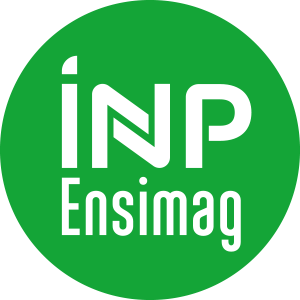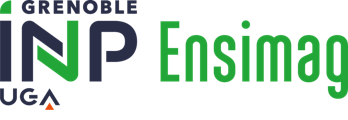Number of hours
- Lectures 18.0
- Projects -
- Tutorials -
- Internship -
- Laboratory works -
- Written tests -
ECTS
ECTS 1.5
Goal(s)
Images, videos and more generally visual data in various forms have established themselves as an important means for acquiring and exchanging information, especially on social networks. This type of data however requires the need for dedicated representations since visual content, such as a photograph, has rich as well as ambiguous information. Thus, it is important to develop visual representations adapted to not only the input (image, video, etc.) but also the task to which these representations will be applied. Furthermore, one representation can be used for several complementary tasks, sequentially or simultaneously. The challenge now is to learn representations which take into account all these constraints, and which can evolve over time, if these constraints themselves evolve.
This course, at the intersection of computer vision and machine learning, offers an introduction to different visual representation techniques and their associated models, as well as methods for continuously updating these models. The course will cover in particular: supervised, semi-supervised, and self-supervised learning of visual representations, domain adaptation, approaches to counter the so-called catastrophic forgetting problem. It will mainly focus on natural images and video sequences, but the techniques covered remain valid for other types of visual data.
The course is taught by two researchers who work in computer vision and machine learning at Inria (Karteek Alahari) and NAVER LABS (Diane Larlus). The two instructors will contribute their expertise in academic but also industrial research during the presentation of this course. They will present the latest techniques in the field, drawing on recent research articles.
Diane LARLUS, Karteek ALAHARI
Content(s)
In particular, the course will cover the following topics:
- Visual data representation learning
- Domain adaptation
- Continual learning
- Action recognition
- Object detection, segmentation
Basics in statistics, computer science (data structures and algorithms), image processing.
Weekly quiz on papers presented by students in the class.
Final written exam.
N1=80%EXAM1+20%QUIZ/CC
N2=80%EXAM2+20%QUIZ/CC
The course exists in the following branches:
- Curriculum - Math. Modelling, Image & Simulation - Semester 9
Course ID : 5MMACRV
Course language(s): 
The course is attached to the following structures:
You can find this course among all other courses.
Plus de references sont sur le site web : https://project.inria.fr/bigvisdata/
Y. Lecun, Cours au College de France, http://www.college-de-france.fr/site/yann-lecun/course-2015-2016.htm
H. Wang, A. Kläser, C. Schmid, L. C.-Lin, Action Recognition by Dense Trajectories, CVPR 2011
H. Jégou, M. Douze, C. Schmid, Hamming embedding and weak geometric consistency for large scale image search, ECCV 2008
G. Csurka, C Dance, L Fan, J Willamowski, C Bray, Visual categorization with bags of keypoints, ECCV Workshop 2004
J. Sivic and A. Zisserman, Video Google: A Text Retrieval Approach to Object Matching in Videos, ICCV 2003
D. Lowe, Distinctive image features from scale-invariant keypoints, IJCV 2004



